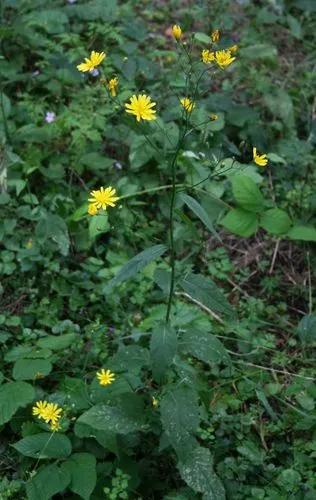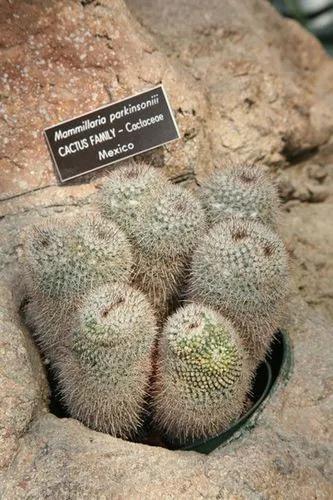The deep violet blue colour of Victoria Blue salvia flowers are no doubt the plants' outstanding feature. Deep, true blue is a highly sought after colour in flowers. Flowering in less than four months from seed, this is a splendid variety, a bushy base-branching plant producing numerous, long-lasting spikes of vivid deep blue flowers.
Victoria Blue Salvia Care
Salvia Farinacea 'Victoria Blue'



How to Care for the Plant

Water

The description details for each plant in out online salvia mail-order catalog identify three basic levels of watering: drought resistant -- a combination of local rainfall plus supplemental watering equaling significantly less than an inch (2.54cm) of water a week

Pruning

To prune a plant to encourage bushy new growth, snip off the dominant buds on select stems, staggering the cuts to encourage varied growth.

Fertilizer

Use a fertilizer formulated specifically for your plant. Avoid over-fertilizing and follow the instruction on the label.

Sunlight

Part-shade/Semi-shade location.

Soil

The ideal blend of soil for plant growth is called loam. Often referred to as topsoil or black dirt by landscape companies, loam is a mixture of sand, clay, and silt.

Temperature

This tender perennial is hardy to -4°C (25°F) so may survive the winter sheltered locations

Container

Choose a pot with drainage holes, which also ensures potting soil doesn't stay too wet after watering your houseplants. The excess can freely escape out the bottom of the container, allowing oxygen to make its way to plant roots.

Popularity

751 people already have this plant 173 people have added this plant to their wishlists
Discover more plants with the list below
Popular articles






